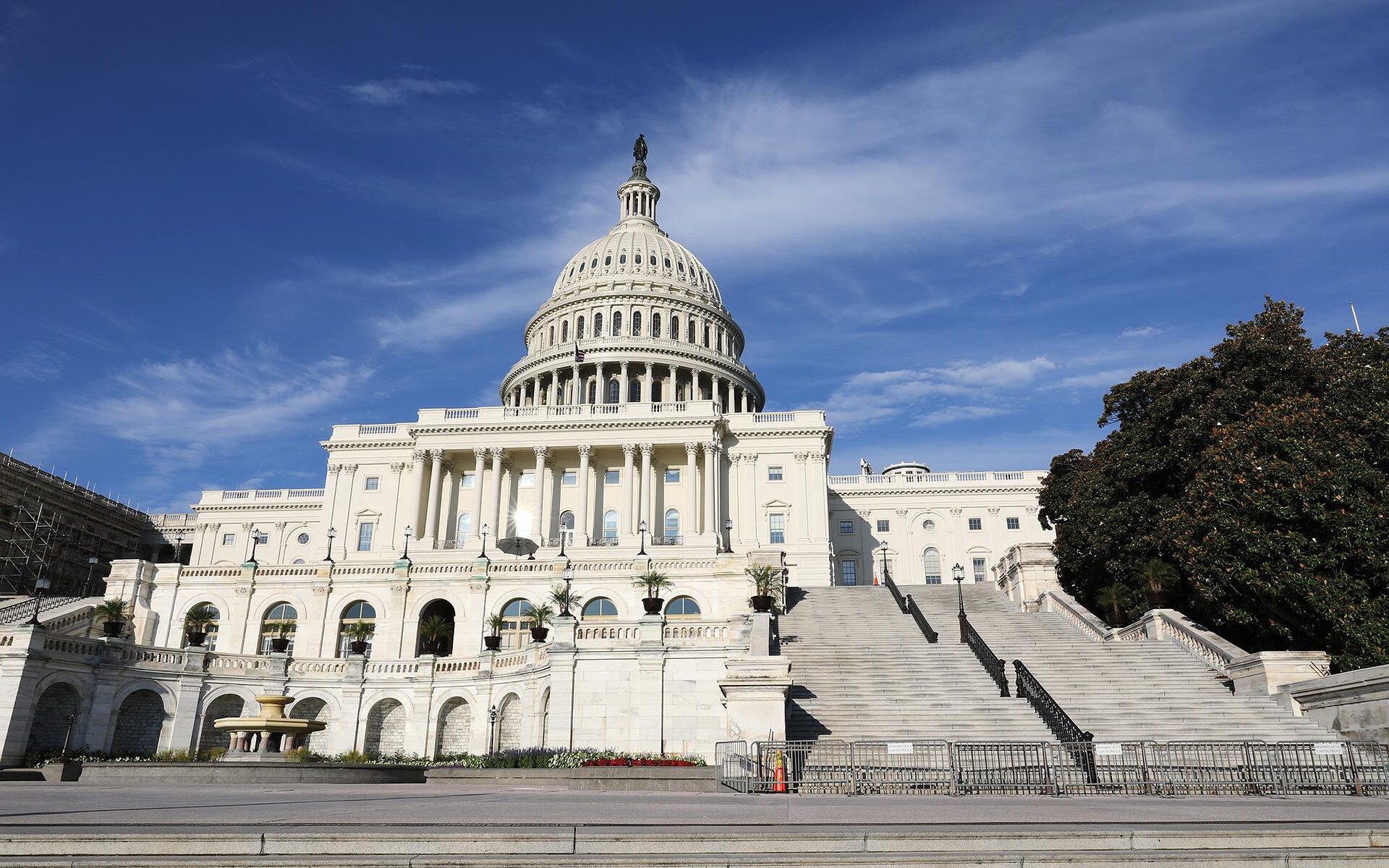For young people, much of the way we view the world revolves around identity. Politics and discussions of policy focus on questions such as, do I feel represented in books? Do I see people like me in politics? Are there communities of like-minded people at my college? Even my college major, international relations, has an identity concentration within the curriculum.
Despite this focus, when I watch the news, I don’t see or hear congressional representatives discussing issues that I and other young voters care most about. The other day, I listened to Lindsay Graham speak on CNN about Donald Trump’s potential 2024 campaign. He spoke of moving on from 2020 and said the election was not stolen. He then transitioned to what “people want to hear about.” According to Senator Graham, “People want to hear about how can you secure a broken border, [and] how can you stop rampant crime.”
Young voters recognize that immigration and crime are long-standing concerns, but we don’t see the world through that lens. In light of bigger ever more pressing problems related to the climate, public health, and ongoing war, these statements appear more like an excuse to push a socially conservative Republican platform on national TV.
Young voters have a different agenda, one centered on concerns about the environment, infringements on civil rights, public health, and reproductive and LGBTQ+ rights. For example, although climate change has dipped in importance to Americans since last year due to the war in Ukraine, most Americans still believe climate change needs to be addressed, either now or in the next few years, and for young voters, it is a top priority. These priorities might be to some extent reflected in what young people choose to study. According to DataUSA, 9339 students earned degrees in environmental science, and 9869 students earned degrees in environmental studies, adding up to almost 20,000 American students who earned degrees studying the environment in 2020 — a 5% increase from the number of degrees earned in 2019 in this field. In addition to the focus on climate change, 37,963 students earned degrees in public health in 2020, the year that brought us COVID; American students want to hear about public health policy. Furthermore, 13,616 students earned international relations and/or affairs degrees, and 48,597 students earned political science and/or government degrees in 2020; American students want to hear about fostering peace and efforts towards cooperation, not isolationism. By watching these patterns, Congressional representatives can gain real insight into what students want to hear in political discourse.
Elected representatives also need to stay in touch with opinion polls reflecting their young constituency. With the recent overturning of Roe v. Wade in June 2022, voters, particularly young voters, are angry. It may be the first time that some of these young voters recognize that congressional debates directly affect their civil rights, a fact which could lead to drastic changes in voter turnout for the 2022 midterm elections. Young female voters may be especially likely to vote for change; data shows that even for conservative women, overturning Roe v. Wade went too far in pushing the Republican political agenda. The Kaiser Family Foundation (KFF) did a poll in July 2022 with a population of American women between the ages 18-49 (reproductive and voting eligible age). Their findings show dramatic promise for a landslide midterm election result for the Democratic Party. According to KFF, “Among this population, there has been a fourteen percentage point increase in the share who say abortion will be ‘very important’ to their 2022 midterm vote (59% in February to 73% in July). In addition, six in ten women voters between 18 and 49 now say they are ‘more motivated’ to vote because of the Supreme Court’s decision.” These numbers represent an increase of almost 20% from three months ago before the final Roe v. Wade decision was handed down and suggests that women in this age cohort will cast their vote for those candidates who will protect abortion access. While this data does not exclusively represent young voters, it gives a glimpse into their priorities.
Why does this data matter? History has shown that the president’s party almost always loses ground during midterm elections, so for 2022, Republicans may expect to take control of the House and Senate under a Democratic president. Some even call it a curse — this pattern of an inevitable party switch has caused voters to perceive that midterm elections don’t matter or are unimportant, and consequently midterms generally have low voter turnout. The 2018 election holds the record for highest midterm voter turnout, yet only 50% of voters participated. Previously, the record for highest turnout was in 1966, when 48.7% of eligible voters turned out to vote in the midterms. In contrast, in the current political scenario, Harvard Youth Poll notes that 36% of young voters said they would be “definitely voting.” While this number may seem low, 37% of voters said the same in 2018, and we saw the highest midterm voter turnout rate in decades.
At this point, what is most important is that young voters realize that their vote matters. In order to focus our legislature on issues we deem important, we need to vote for representatives who will truly represent the concerns of young Americans and keep access to abortion, reproductive healthcare, and LGBTQ+ rights; prioritize climate change; and work towards creating a cooperative international system. It is only August, and we have the power to rally by November.


